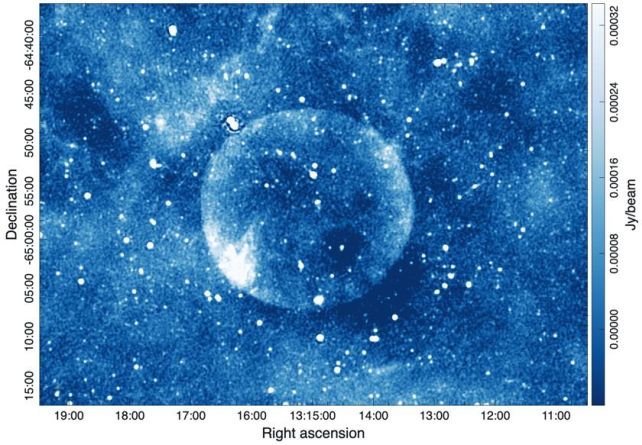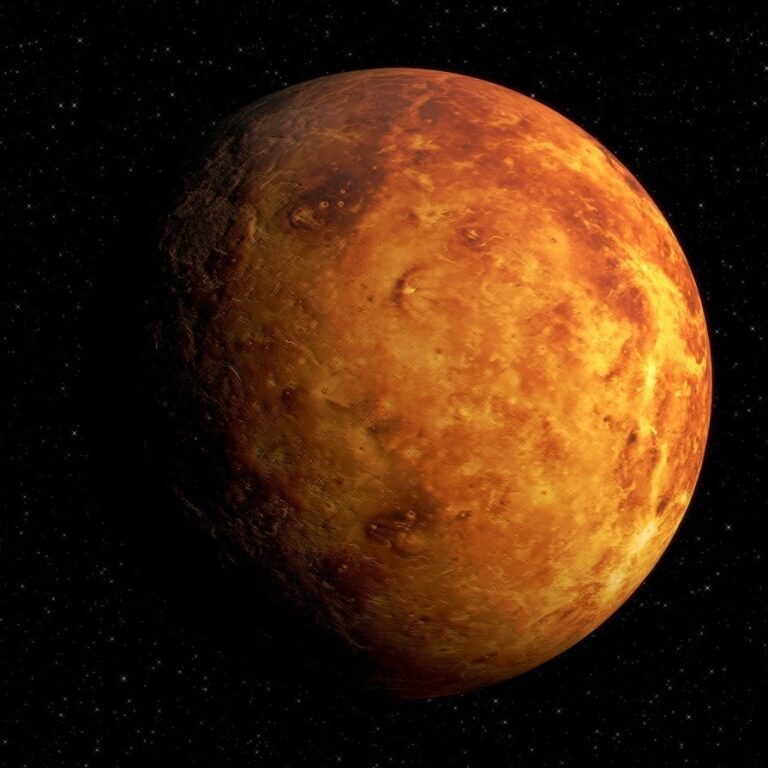Abundance Of Helium In The Sun By IIA: New Study
Sun fuels life on Earth and helps create a balance in the solar system; it’s a million degrees hot and sustains life on Earth every single day; there’s an abundance of helium in the sun, new IIA study finds out.
Helium in the sun is abundant, and a new study by the Indian Institute of Astrophysics (IIA) has accurately estimated it for the first time.
It’s a great step in finding the opacity of the sun’s photosphere.
Table of Contents
The Absorption Spectral Lines & Abundance Of Helium In The Sun

Traditionally, astronomers have assumed the abundance of helium in the photosphere of fun-like stars to be around 1/10th of Hydrogen by extrapolating from Hotter stars or perhaps from the outer atmosphere of the sun (which is the solar wind, solar Corona) or by studying interior of the sun and that’s under seismology studies and this is according to the Department of Science and Technology.
It is to noting that none of the methods are based on direct observations of the photosphere due to the absence of the helium spectral lines.
To date for astronomers have found that accurately measuring the abundance of helium gas in the sun remains a challenge.
The absorption spectral lines are an estimator and are used to check the abundance of various essential elements in the sun or other stars.
Helium’s is measured through indirect means but why?
It is because Helium does not produce the obvious observable spectral lines from the visible surface or even from the photosphere of the sun, and it’s said by the department.
The New Method To Estimate abundance Of Helium In The Sun

The researchers of IIA have identified a new method to check the abundance of helium gas in the sun, and it is by using features of magnesium and carbon in the observed high-visible spectrum of the sun, and they have accurately estimated the abundance of the element.
Using a consistent and novel technique, we will be able to constrain the relative abundance of helium in the sun now, but how?
Well, using a consistent and novel technique where spectral lines of carbon, magnesium atoms are in conjunction with the lines of hydrogenated molecules of these 2 elements are carefully modelled, we are now able to constrain the relative abundance of helium in the sun.
The study utilized a new method of spectral analysis by focusing carefully on carbon and magnesium with their respective molecules, where they obtained the hydrogen-to-helium ratio and which came out to be approximately 0.1.
This study is published as a paper in the Astrophysical Journal, was carried out by none other than Satyajeet Moharana, Gajendra Pandey, and B.P. Hema (everyone from the Indian Institute of Astrophysics).
They even analyzed lines of neutral magnesium and the subordinated line of MgH molecule, and even the neutral carbon subordinate lines of CH and C2 molecules from the photospheric spectrum of the sun.
Why Studying More About The Sun Is Important?

Studying our sun is important because we can already see how the world is changing and how the adverse effects of global warming and climate change are affecting us, and as the behavior changes are affecting us, our atmospheric conditions do change based on the actions taken by us.
Sun’s ongoing activities do create an impact on:
- Space Environment
- Earth’s Overall Global Climate
- Biodiversity
- Weather & Atmospheric Conditions
This is because variations in the sun’s output do occur, and it readily impacts Earth’s climate.
It also radiates light and heat, which we call solar energy, and it’s crucial for us to sustain life on Earth, also, this is a renewable energy source that we can use to safeguard our resources and we can use it from time to time.
The world is slowly switching to solar energy usage, and it’s going to be crucial because we can already see the impacts of climate change already occurring on Earth and affecting different existing ecosystems on Earth.
Understanding Our Sun, Other Stars & Stellar Systems
The sun is our star, and since it’s a star, studying it and its evolution helps us to identify the evolution of our star, and even helps in studying more about other stars, and then we can even know more about our own Milky Way galaxy. By studying more about outer space, we can learn about other habitable planets along with other stars.
For every 10 Hydrogen atoms, there is 1 Helium atom available as the total ratio is 0.1.
Even NASA studies sun from time to time but why?
Why NASA is studying the sun?
The sun emits different wavelengths that are absorbed by the Earth and that influence Earth’s atmosphere and contribute to our weather and climate.
Monitoring our sun helps scientists to estimate the behavioral changes occurring on our star sun and also observe how the solar irradiance affects our Earth and helping in providing data that to create relevant models to check the overall influence.
NASA is already doing a tremendous job, and so is ISRO.
Conclusion On Abundance Of Helium In The Sun
The new method will help us to prepare for the future while studying more about sun is important since sun acts as a major source of energy for us and the changing climate change can create adverse conditions for our planet and also since sun is our star and we depend on it, climate change and our activities can trigger for a warmer planet.
The sun provides us life and provides us reasons to survive on our own planet but today we humans are quite happy in destroying our own planet by spoiling resources and focusing on extreme anthropogenic activities that affects the entire global climate system.
This is why we all should know how climate change is transforming the planet.








Very knowledgeable and interesting
Thank you so much 🙂